Otavalo, Andes Mountains, Ecuador
We took it as a good omen that just as we headed out of Quito for Imbabura Province in the north the sky cleared to reveal the slopes of Cotopaxi, at 19,348 feet, the world’s highest active volcano. Looming to Quito’s south, Cotopaxi, backed by a blue sky, hung like a clear promise, contrasting sharply with the concrete and cinder block city.
This is the other Ecuador.
Instead of frigate birds, tortoises, and penguins found in the Galapagos, my daughter Alissa and I discovered the magic of the Andes, an alluring landscape of mountain peaks, towering volcanoes and native markets.
Driving north along the Pan-American Highway, we wound through valleys whose brownish yellow hills were feathered with alga ropo trees, their flat tops flared like open hands. Below us, streams ran through rocky gorges, and on the horizon we could see softly curving slopes that had been tilled into neat patches of yellow and green, creating a garden that rose to the gods.
It was easy to realize why Ecuador’s indigenas (indigenous peoples) worshipped mountains. Their powerful presence defined these high Andean plains, a place the early explorers called the “Avenue of the Volcanoes.” We headed toward the fluted ridges and peaks of Cotacachi, considered by locals to be a female, fertile volcano, and her imposing mountain mate Imbabura.
We stayed at a 16th century hacienda in the hamlet of San Pablo de lago. As soon as we crossed the flower laden courtyards and knocked on the huge wooden door, we felt part of the long-ago landed gentry.
The eclectic furnishings, a combination of medieval tapestries, Spanish religious paintings, fireplaces, dim candelabras, hallways with handcarved benches strewn with old saddles, and beds warmed with blankets woven from llama wool reminded us of the diversity of cultures that have settled this spectacular countryside.
Bolivar, the hotel’s friendly, mostly mastiff named for General Simon Bolivar, who once slumbered here, willingly accompanied anyone on walks, but you had to heed the hotel’s caution: “You are responsible to pay the owner for any chickens that he kills.” It was that kind of setting.
The clear, almost gold light of the Andean mornings proved magical. On a spirited horseback ride through the Otavalo valley, we passed native women carrying huge bushels of sticks on their backs while herding sheep. We cantered across fields, the heels of the swift Spanish horses kicking up soft clouds of dust.
Another afternoon we drove to Iluman, a small village known for its felt hats. At first all the shops were closed except for a small eatery. But once Alissa and I started taking Polaroid photographs of the seven-year-old girl handing out the sodas, the street came to life. Soon the girl’s mother and a neighbor arrived for photos.( We always give these as gifts when traveling in rural areas). Suddenly our new-found friends had shop doors opened for us, and we happily tried on an array of nattily constructed fedoras.
Back at the hacienda, Alissa and I cooked llapingachos, the Ecuadorean version of potato pancakes, with Blanca, the cook. the next day we visited the Otavalo market. We arrived to view the animal market. Men with long black braids, wearing traditional attire of white pants, blue ponchos, and black hats dickered over the price of horses.
In town at the plaza, we browsed the rows upon rows of stalls set up by craftspeople. The weavers of Otavalo are well-known. Here you can buy heavy, knit sweaters, blankets still smelling of llamas, intricately patterned bags and wall-hangings for much lesss than stateside prices. We purchased blankets, bags, and sweaters for next year’s holiday presents.
After hiking, horseback riding, and bargaining, we returned to our hacienda. Its comforts proved most welcome, especially Blanca’s cookies served with hot chocolate or coffee.

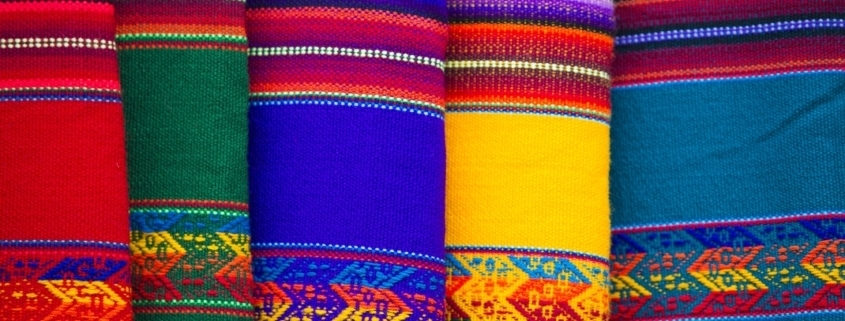
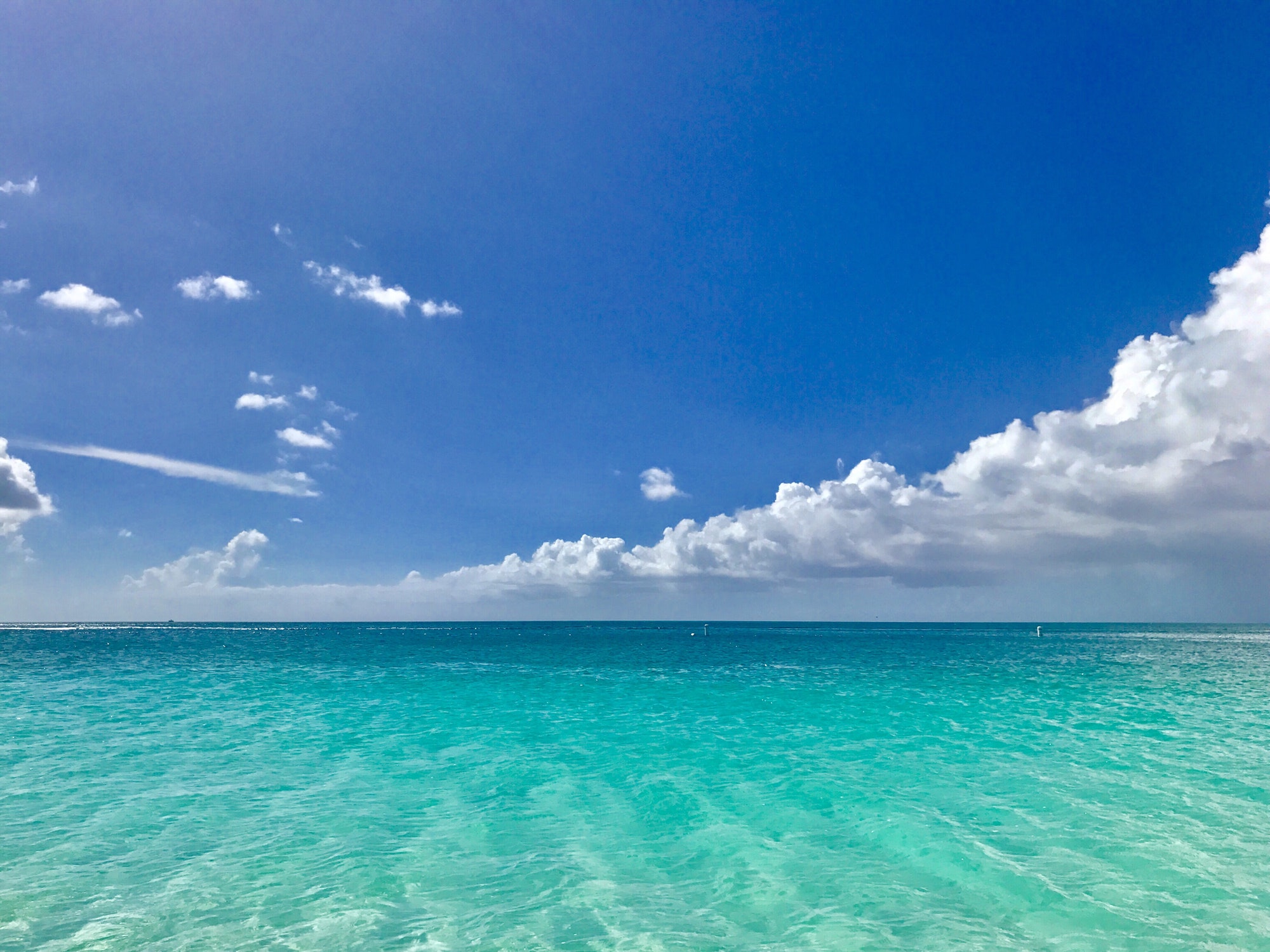 BellaOnline.com
BellaOnline.com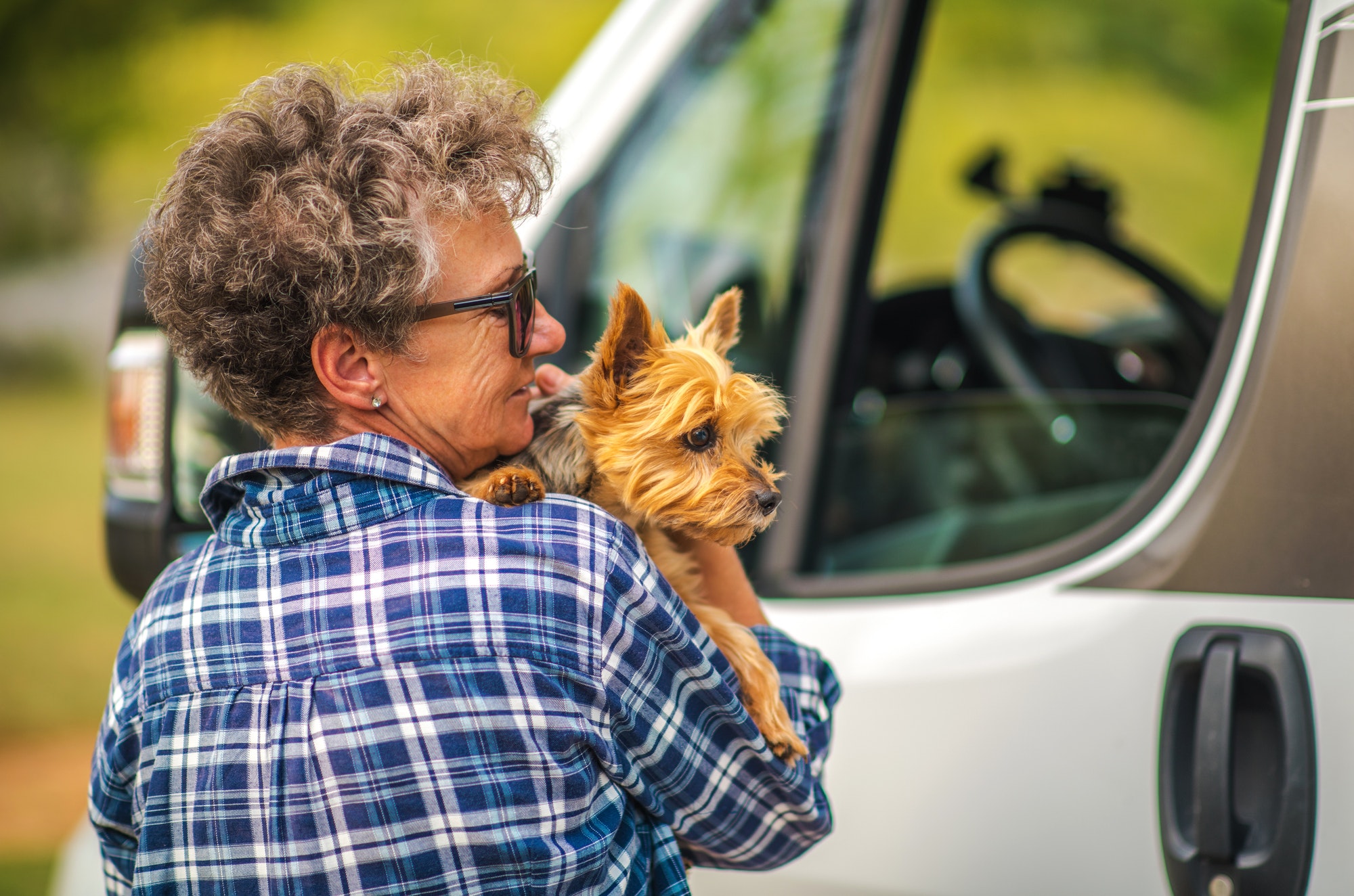 BellaOnline.com
BellaOnline.com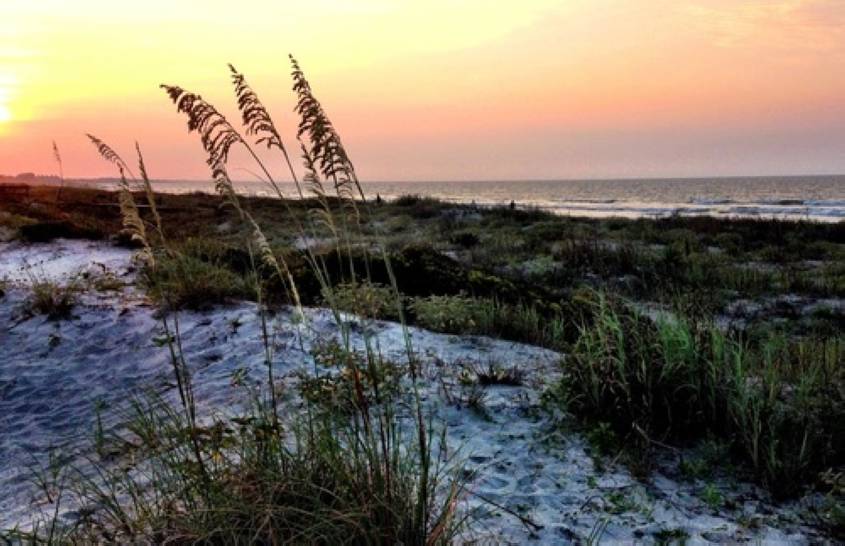 BellaOnline.com
BellaOnline.com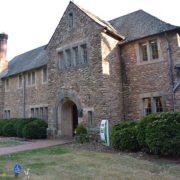 BellaOnline.com
BellaOnline.com BellaOnline.com
BellaOnline.com BellaOnline.com
BellaOnline.com BellaOnline.com
BellaOnline.com Postcards
Postcards